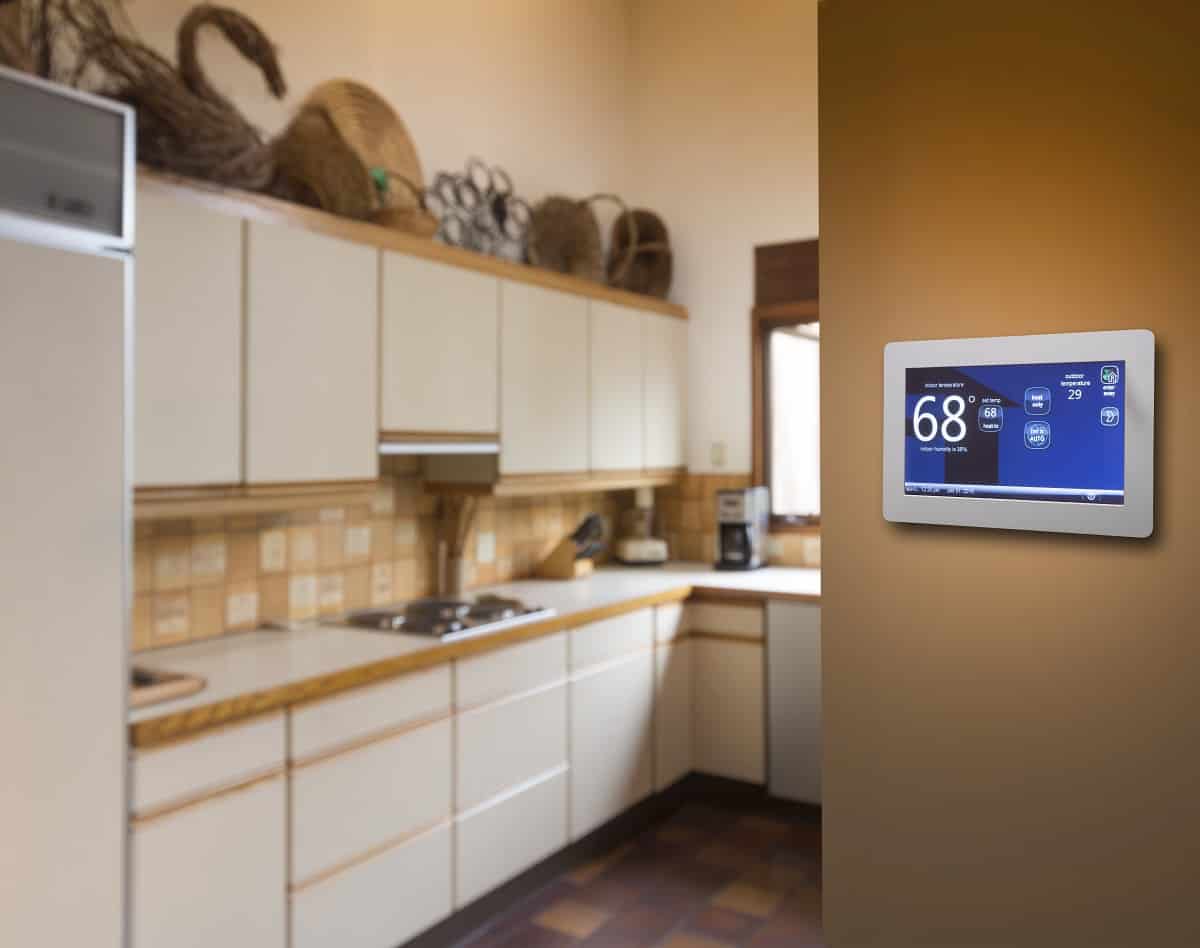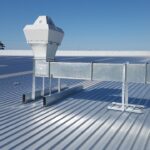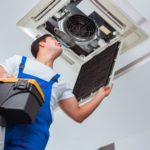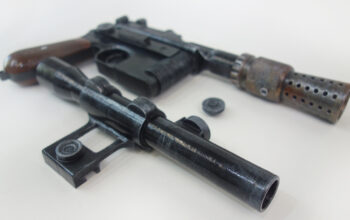Programmable thermostats are a great way to save money on energy bills without compromising comfort. Time and time again, these devices have proven how efficient they are in helping save energy. The newer models have even taken things to a new level with features such as remote operation, schedule tracking, and heating or cooling system alerts.
Of course, these aren’t all these contraptions have in store; the donttouchthedial.com website offers a wealth of knowledge, from tips on the best brand choices to the ideal installation areas, that can help you take full advantage of the already awesome programmable thermostat.
A Crucial Part of Your HVAC System
The quality of your home environment depends highly on your thermostat. If you don’t place it in the right area, or if it isn’t functioning correctly, your HVAC system is going to be shutting on and off at the wrong times.
On the other hand, the correct positioning of these contraptions can result in benefits ranging from lower energy bills and precise temperature control to flexible scheduling and proper temperature adjustments.
Knowledge of the best places to install your programmable thermostat can save you from a lot of hassle. This also ensures the proper cooling and heating of your home, which impacts indoor comfort levels as well as your family’s health and well-being.
1. Away from an Air Vent
Remove locations near air vents from the list of potential areas to install your programmable thermostat. You don’t want to position this device right where it can be hit directly by cool or hot air, as this often leads to inaccurate temperature readings.
A thermostat that erroneously reads the temperature of your home is going to waste a lot of energy. If it’s too cool, then it’s probably because your thermostat is bearing the brunt of warm air coming from the vent.
Conversely, if the indoor temperature is excessively warm, then it’s perhaps due to the direct impact of cool air received by your thermostat. Any of these situations can cause your HVAC system to work harder than it’s supposed to.
2. Away from Areas Directly Hit by Sunlight
Again, this is going to cause reading errors that affect both the efficacy and efficiency of your programmable thermostat. A device that is bathed in warm sunlight is going to think the room it’s in is warmer than it actually is, resulting in a poorly performing HVAC system that causes your ACs to come on ahead of schedule and your heaters to kick in way too late.
That will lead to a lot of wasted energy on account of the system not capable of achieving just the right temperature.
3. Not in the Hallways
The fact that you don’t hang out in the hallways is enough of a reason not to place your thermostats there. To get the full benefits of a thermostat, you must make sure it is situated in an area that allows it to accurately measure the temperature of the rooms where you and your loved ones spend time.
The hallways are where you pass to get to the different rooms in your home; they’re not where you sit down to have coffee or entertain guests. These mostly empty sections of your house are narrow, airflow-restricting spaces that are going to cause your thermostat to deliver inaccurate readings.
4. Not in Your Kitchen
Your programmable thermostats are definitely not meant for the kitchen. This small, compact space houses your ovens, stoves, and other appliances?devices that give off heat when being used. The temperature readings in this area are not representative of the entire household.
It’s simply too warm and therefore dictates the HVAC system to behave in a way that is not conducive to optimal comfort and convenience. It’s rare to get a proper reading in the kitchen because it’s inconsistently warm.
5. Not Near Windows and Doors
Thermostats positioned near your windows or doorways bear the direct impact of the cool or warm air that rushes through these areas, causing them to deliver erroneous temperature readings that result in an underperforming HVAC system. This basically leads to your air conditioning and heating devices functioning below the standards you expect them to as they struggle to hit just the right indoor temperature.
Conclusion
If not in any of these five areas, then where exactly? A great place to position your thermostat would be on a wall at or near the middle of your house. That is with a good distance away from any spots mentioned above. Successfully doing this would help ensure that the heating and cooling systems in your home perform at a consistently optimal level and deliver the comfort and convenience your family needs.
Quality HVAC systems that function well can address both the comfort and health needs of a household; this makes it even more important to guarantee that your programmable thermostats are situated in the right areas.
Related Posts












